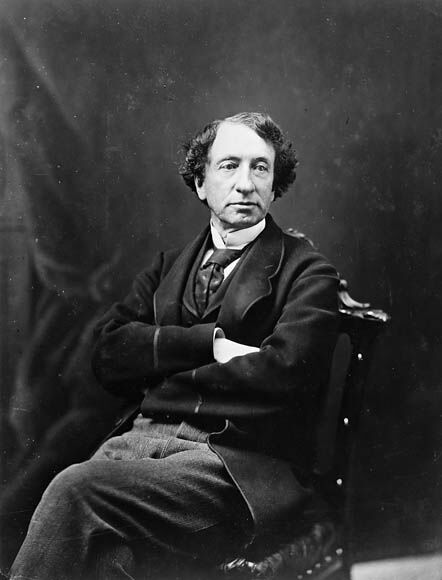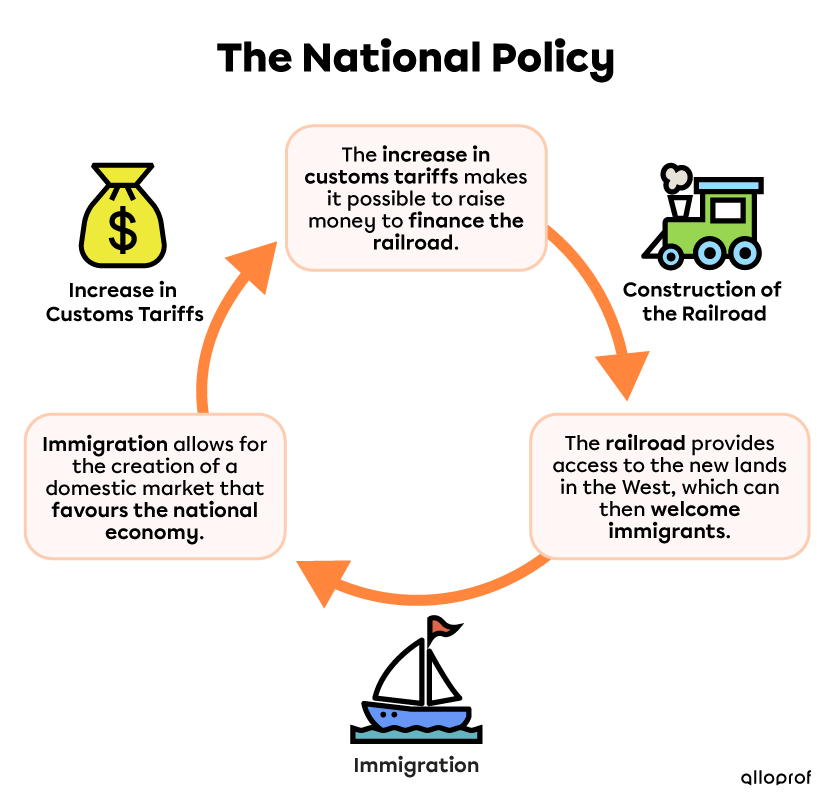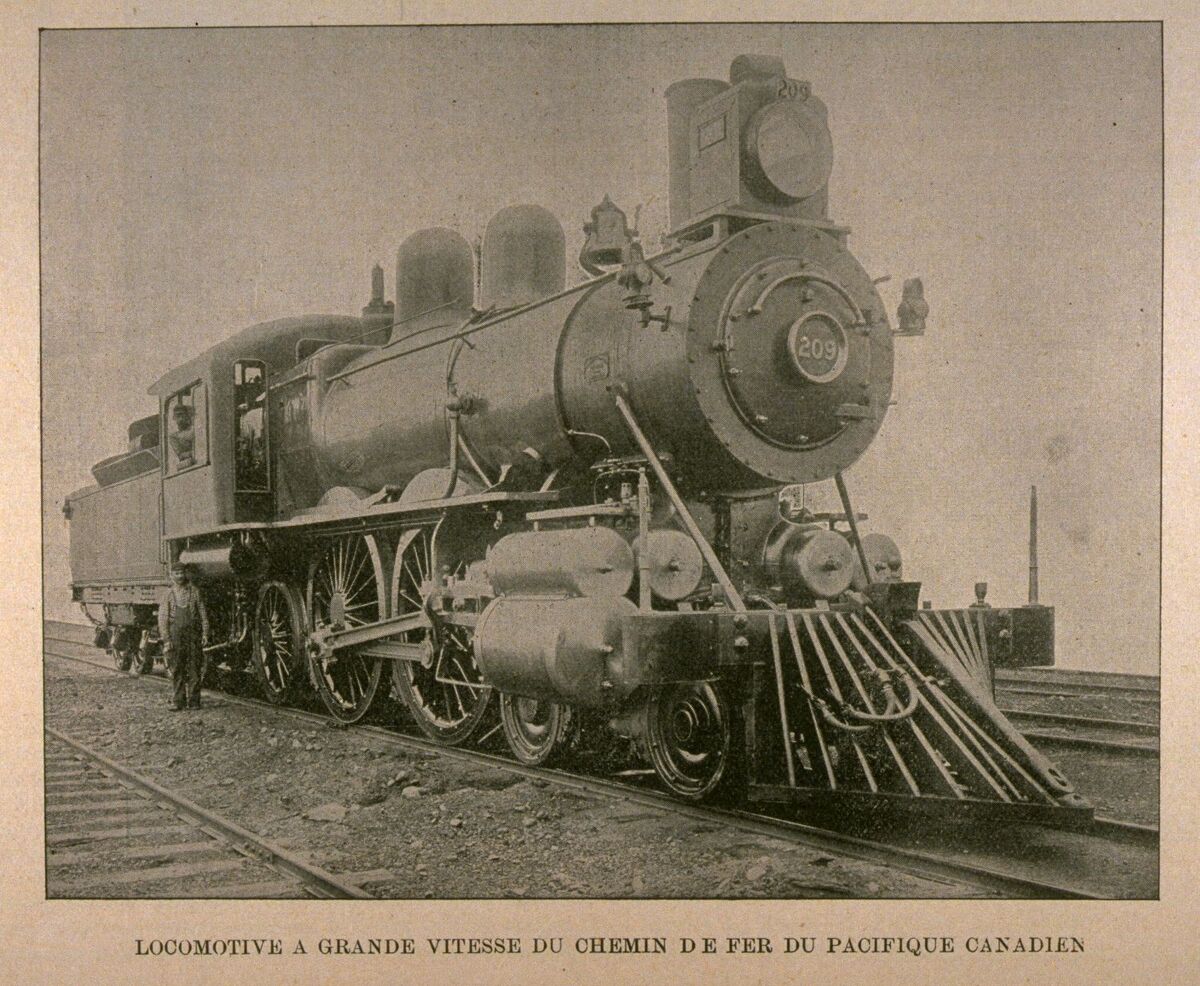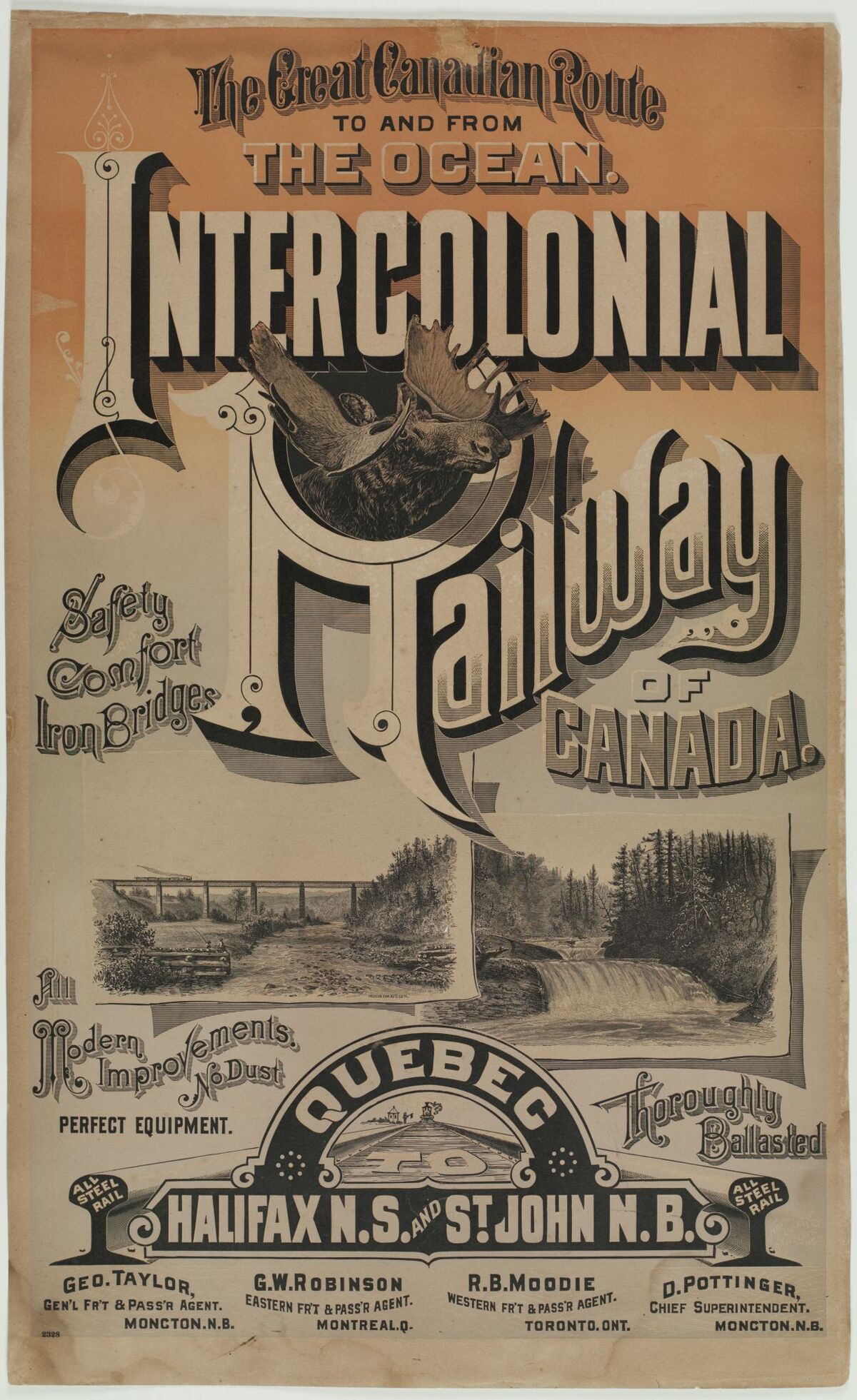In 1873, there was a global economic crisis, and Canada was not spared. Despite the Reciprocity Treaty with the USA coming to an end in 1866, the USA continued to sell its products to Canada. Canadian companies were not able to compete with the much lower prices offered by their American rivals.
Canada was also affected by the falling price of raw materials around the world as a result of the crisis. Two key sectors for Canada’s economy, wheat and timber, were severely hit. The middle class no longer had the capital to start new projects, wages fell and many people lost their jobs.
After being forced to resign because of a scandal in 1873, John A. Macdonald sought to take back his position as Prime Minister in the midst of the economic crisis. During the 1878 elections, he proposed a tariff policy that he believed would allow the Canadian economy to recover from the crisis.
He intended to help Canadian industries by creating a domestic market, giving industries new sales opportunities for their products. His protectionist strategy enabled him to win the election, and his National Policy was implemented the next year.

Source : John A. Macdonald [Photo], Notman Studio, 1872, Bibliothèque et Archives Canada, (URL)[1].
Protectionism is a policy that stimulates the local economy by buying local products. High customs tariffs are applied to deliberately make foreign goods more expensive. This makes local products more competitive, favouring the country’s industries. Protectionism is the opposite of free trade.
The domestic market refers to all the products bought or sold within a country.
Macdonald’s National Policy focused on three components:
-
increasing customs tariffs,
-
creating a railroad, and
-
bringing in immigrants.

Although substantial imports were arriving from the United States, the increased tariffs deterred Canadian consumers. The population turned to products made in Canada, as these were now cheaper than products made in the United States. This increase in demand fuelled the creation of industries and jobs.
The money collected from customs tariffs was used to fund a railroad to promote trade between the provinces. Additionally, the policy opened up new land in the West, which the government planned to offer to European immigrants.
Beginning in 1880, the National Policy encouraged more Europeans to settle in Canada, and it was important to welcome them properly. The new railroad was instrumental in creating new villages in Western Canada to meet the demand. Through immigration and the colonization of the West, there were more consumers in the country, which helped the industries. However, the arrival of new colonists caused tensions between the Métis people who were already living on the territory and the Canadian government. The Métis population was worried that they would lose their land, their culture, and their way of life.
Clearly, the different components of the National Policy were interconnected, and together they stimulated the Canadian domestic market, along with the country’s economy.
The idea of the railroad promoted by the National Policy was based on a project that had begun a few years earlier. As a condition of joining the federation, the province of British Columbia wanted a transcontinental railroad built, so construction began in 1871. The government awarded the contract to the Canadian Pacific company.

Source : Locomotive à grande vitesse du Chemin de fer du Pacifique Canadien [Photographie], (n.a.), 1899, september 30th, Bibliothèque et archives nationales du Québec, (URL)[2].
However, in 1873, there was a scandal. It was discovered that Prime Minister John A. Macdonald had received a large sum of money from the owner of the Canadian Pacific company during the elections. In exchange for this money, Macdonald agreed to award the railroad construction contract to this company. Macdonald was forced to resign over the scandal.
Construction of the railroad was forced to halt temporarily in 1874 due to the full-blown economic crisis, but work began again in 1881. The National Policy played a big part in getting the project moving again.
The work was difficult and dangerous. 15 000 Chinese immigrants were recruited for this huge worksite and more than 600 died during the construction of the railroad. They were poorly paid despite the dangerous conditions.
The long task was finally accomplished in 1885, with a railroad that connected Montreal to Vancouver. Over the coming years, the rail network continued to expand from the initial 3 600 km that existed in 1867 until it stretched more than 28 000 km by the start of the 20th century.

Source : The great Canadian route to and from the ocean, Intercolonial Railway of Canada safety, comfort, iron bridges … [Poster], American Bank Note Co, vers 1880, Bibliothèque et archives nationales du Québec, (URL)[3].
- Notman Studio. (1872). John A. MacDonald [Photo]. Bibliothèque et Archives Canada, (URL).
- (n.a.). (September 30 1899, 30 ). Locomotive à grande vitesse du Chemin de fer du Pacifique Canadien [Photo]. Bibliothèque et archives nationales du Québec, (URL).
- American Bank Note Co. (around 1880). The great Canadian route to and from the ocean, Intercolonial Railway of Canada safety, comfort, iron bridges … [Poster]. Bibliothèque et archives nationales du Québec, (URL).